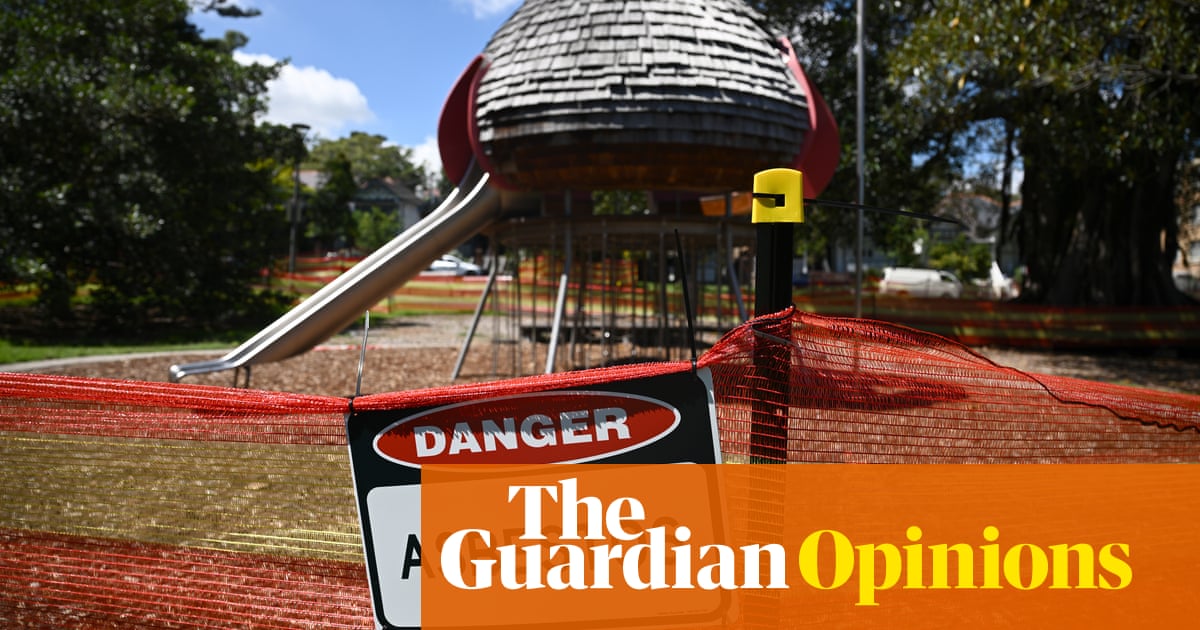Last year, the opening of the Rozelle interchange in Sydney’s inner west quickly escalated from a traffic issue to an environmental scandal when a child took home a piece of asbestos from the newly developed Rozelle parklands.
This incident raised significant concerns because New South Wales law strictly prohibits the reuse or recycling of asbestos waste in any form. Asbestos fibres, if inhaled, can lead to mesothelioma, a deadly cancer, many years later. Australia has a national ban on asbestos.
In response, NSW Premier Chris Minns stated that the state’s Environment Protection Authority (EPA) was making every effort to trace the source of the contaminated mulch. The EPA discovered that mulch containing asbestos had been distributed across Sydney, including to schools and parks. Media outlets and some reporters attempted to reassure the public by noting that the asbestos fragments were mostly “bonded,” which are considered less dangerous than fibres. To date, no prosecutions have been made.
However, it was later revealed that the NSW government had concealed a more pressing regulatory failure. The EPA was managing a situation where some of Australia’s largest waste companies had been distributing materials known to contain asbestos fibres, microplastics, lead, and other contaminants.
These materials, referred to as “recovered fines,” are produced from construction and demolition waste residues and are intended for use in construction projects, roadworks, and public spaces like sporting fields. They are also sold as inexpensive fill by landscaping and gardening companies.
In February, Guardian Australia exposed this deeper aspect of the scandal, revealing that the EPA had conducted extensive studies in 2013 and 2019. These studies showed that waste facilities producing recovered fines were not complying with regulations designed to limit the spread of contaminants.
Environment Minister Penny Sharpe acknowledged this regulatory failure but has since become part of it. Recovered fines represent a significant industry, with around 700,000 tonnes produced annually. While much of the contaminated material may be safely buried under roads, some has ended up in parks, schools, gardens, playgrounds, and childcare centres. The exact locations are unknown because no one has been tracking it despite alarming findings. Asbestos near children is particularly concerning as they are more likely to play in dirt and inhale fibres.
The EPA was aware that its compliance system had failed. Some staff advocated for reforms to restrict the use of recovered fines and strengthen testing regimes. After extensive industry consultation, the EPA announced in 2022 that it would implement a new system. However, facing backlash from the waste industry, which claimed it was caught off guard and that jobs were at risk, the EPA reversed its decision. Consequently, the old compliance system remains largely unchanged.
In March, Sharpe responded by introducing tougher penalties for contaminated waste offences. While this move is welcome, it does not address other significant issues related to non-compliance. Prosecutions are rare, and EPA staff are instructed to use them as a last resort. Even when companies are fined for extended breaches, they rarely face maximum penalties, and large companies can absorb fines as high as $4 million.
Sue Higginson, the NSW Greens’ environment spokesperson and former CEO of the Environmental Defenders Office, argued that the minister could prioritize harmful substances in consumer products and prevent them from entering the environment through regulatory changes.
Guardian Australia recently reported that some of Australia’s largest waste companies, including Bingo Industries and Benedict Industries, were found in a 2019 investigation not to be meeting EPA sampling rules.
Additionally, the integrity of the commercial laboratory system, crucial for environmental regulation, is under scrutiny. While no laboratories have been accused of wrongdoing, there are calls for reforms to prevent potential manipulation of results.
In light of government inaction, Guardian Australia independently purchased four products from Sydney landscape supply shops and had them tested by accredited private laboratories. Two products did not comply with state regulations on pH levels, and one contained asbestos fibres. Another product that passed laboratory tests contained large physical contaminants like glass and a metal screw.
Despite these alarming developments, there is no evidence of increased urgency from authorities. An EPA spokesperson stated that more information is needed. Minister Sharpe has said she will wait for a report from the chief scientist, due at the end of the year, before considering any necessary changes. This investigation is secretive and subject to industry pressure.
Without the efforts of a former EPA compliance officer, a Greens MLC, and Guardian Australia’s environment team, the public would remain unaware of the issues surrounding recovered fines. It raises the question: how much more needs to be exposed before the NSW government takes decisive action? A sustainable circular economy should not expose the public to unacceptable health risks. While parents would be concerned if their child picked up a piece of asbestos in a park, they would be even more alarmed if they discovered their child had been playing in mulch containing asbestos fibres or other contaminants for years.
Wendy Bacon was previously a professor of journalism at UTS and is a member of Community Environment Monitoring.

